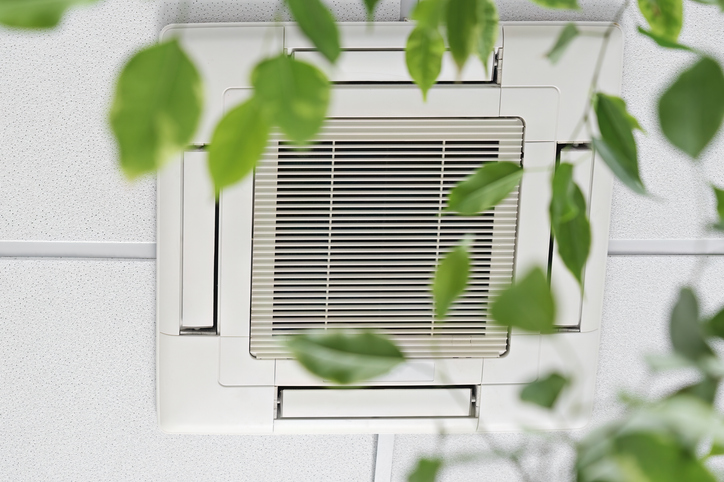Introduction
Humidity plays a more powerful role in home comfort than many homeowners realize. When moisture levels rise indoors, it not only causes physical discomfort but also creates the perfect breeding ground for mold, allergens, and bacteria. If you’ve been noticing musty odors, sticky surfaces, or persistent allergy symptoms, your indoor air quality in Canton, MA, may be compromised due to high humidity.
How High Humidity Worsens Indoor Air Quality and What You Can Do
This article explains the hidden dangers of elevated indoor humidity and provides actionable solutions to create a healthier, more breathable home environment. Whether you’re dealing with condensation on windows or unexplained respiratory issues, this guide helps you understand why humidity matters and how to keep it under control.
1. Humidity Promotes Mold Growth
Excessive moisture in the air increases the risk of mold formation, especially in poorly ventilated areas like basements, bathrooms, and attics. Mold spores can quickly spread throughout your HVAC system and circulate through your home. This can trigger allergy symptoms, worsen asthma, and lead to unpleasant odors. The longer the problem goes unaddressed, the costlier the remediation.
2. It Increases Allergen Activity
High humidity levels make your home more inviting to dust mites, mildew, and other airborne allergens. These microscopic invaders thrive in moist environments, contributing to chronic sneezing, coughing, and eye irritation. Running a dehumidifier can greatly reduce allergen activity, improving the overall living conditions inside your home.
3. HVAC Systems Struggle More
When your air is too moist, your HVAC system works overtime to regulate both temperature and humidity. This increases energy consumption and shortens the lifespan of your equipment. Over time, the strain can lead to mechanical issues or complete system failure. Proper ventilation and scheduled duct cleaning in Canton, MA, can help alleviate the burden on your system.
4. Surfaces Become Damaged
Beyond health issues, high humidity can damage your property. You may notice paint peeling, wood warping, or condensation forming on walls and windows. These subtle indicators often go unnoticed until significant damage occurs. Managing indoor humidity preserves the integrity of your home’s surfaces and finishes.
5. How to Fix It and Prevent Recurrence
The first step is measuring your indoor humidity levels using a hygrometer. Ideal humidity should range between 30%–50%. If levels are higher, consider installing a whole-home dehumidifier, upgrading your ventilation system, or sealing air leaks. Routine HVAC inspections and filter changes also help maintain proper air balance.
High indoor humidity isn’t just uncomfortable—it’s a silent threat to your health, property, and HVAC efficiency. From allergens to mold to structural damage, ignoring moisture issues can lead to long-term consequences. Fortunately, with a few strategic changes and the right professional support, you can take back control of your home’s air. Investing in humidity management means investing in your family’s comfort and wellness.
Conclusion
Call our team at Green Energy AC Heating & Plumbing at 877-502-7727 now for expert solutions to improve your air quality inside.
📌Expert HVAC, plumbing & water filtration from Green Energy Mechanical—engineered for comfort, health, and environmental care.


